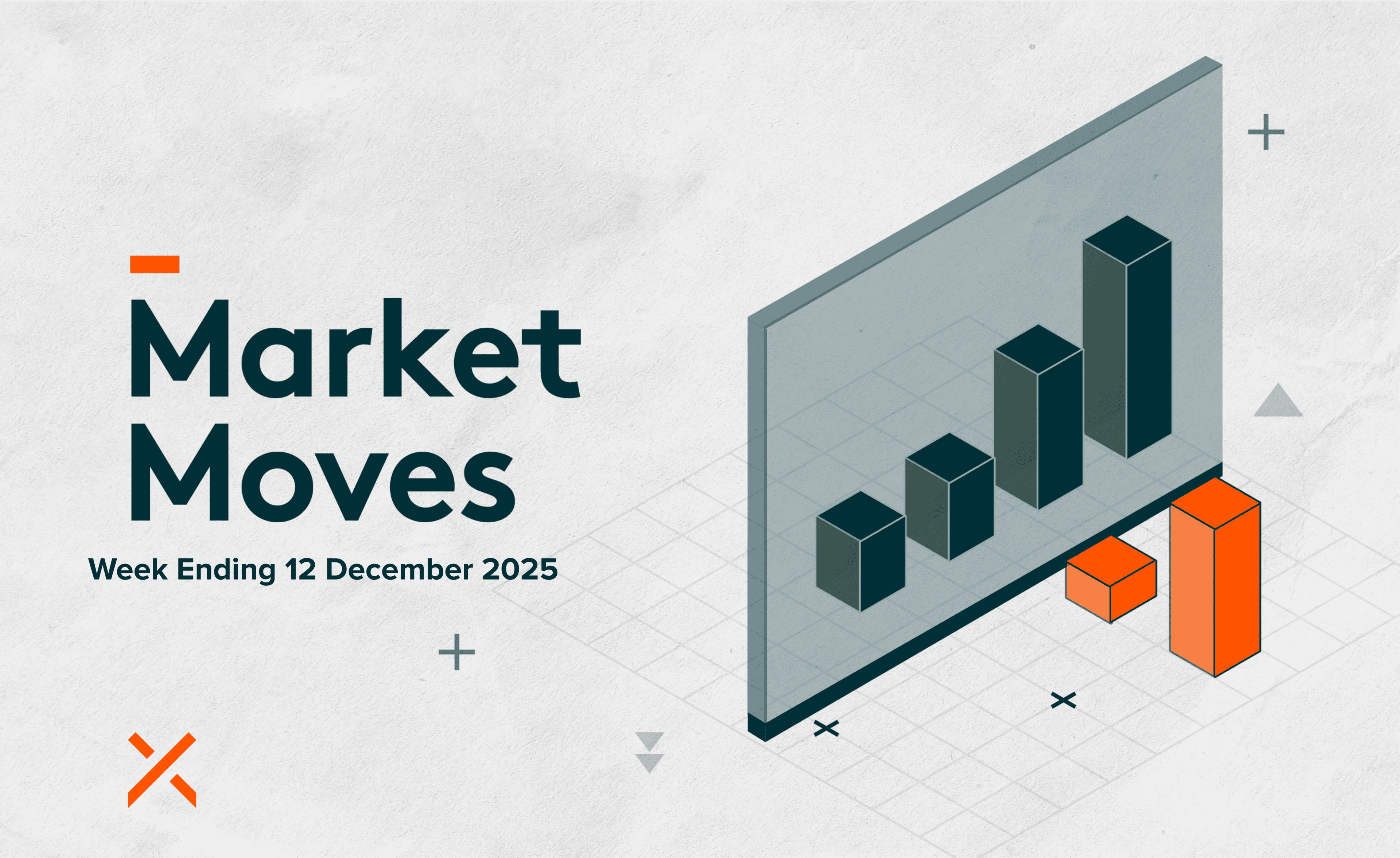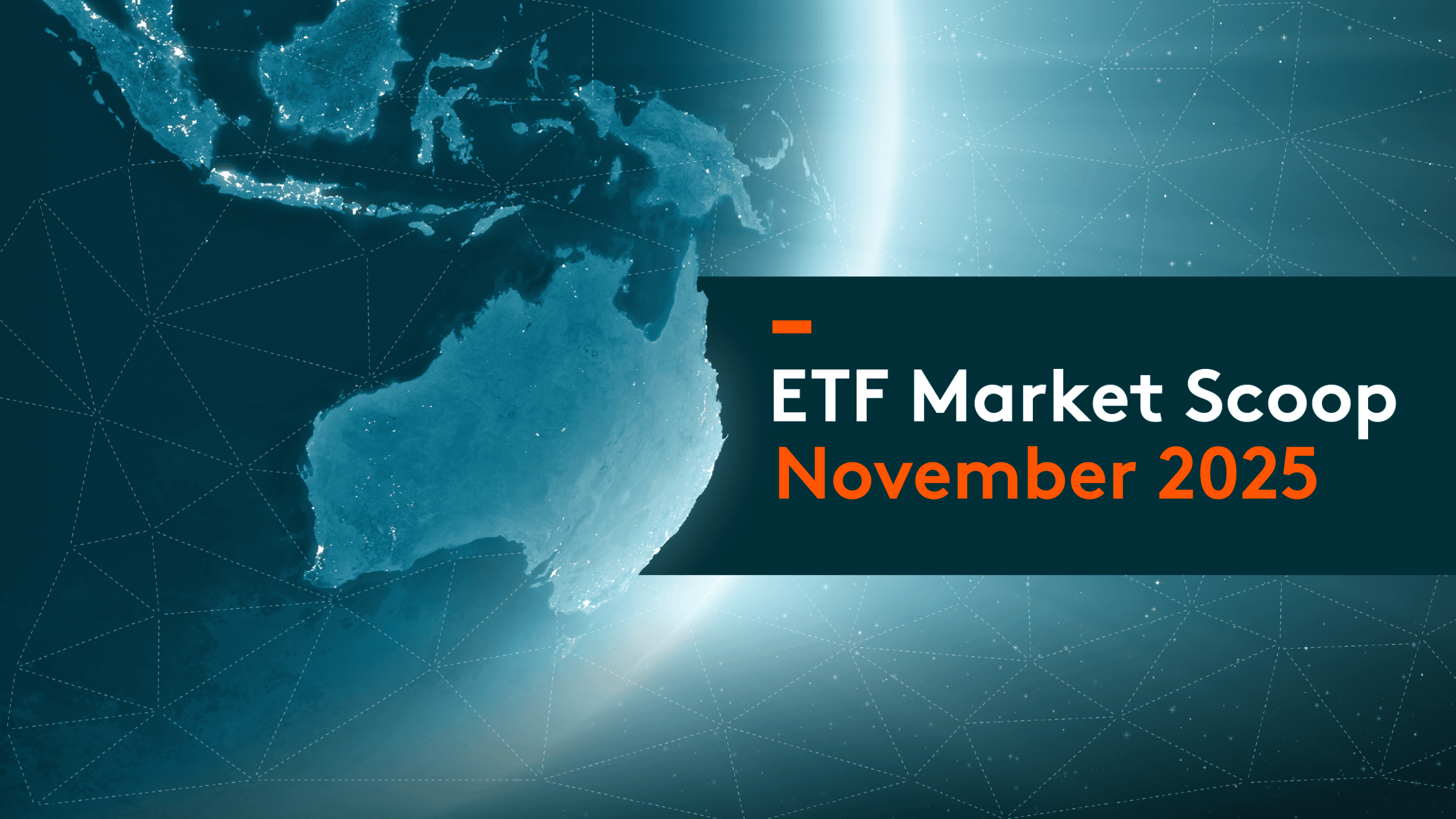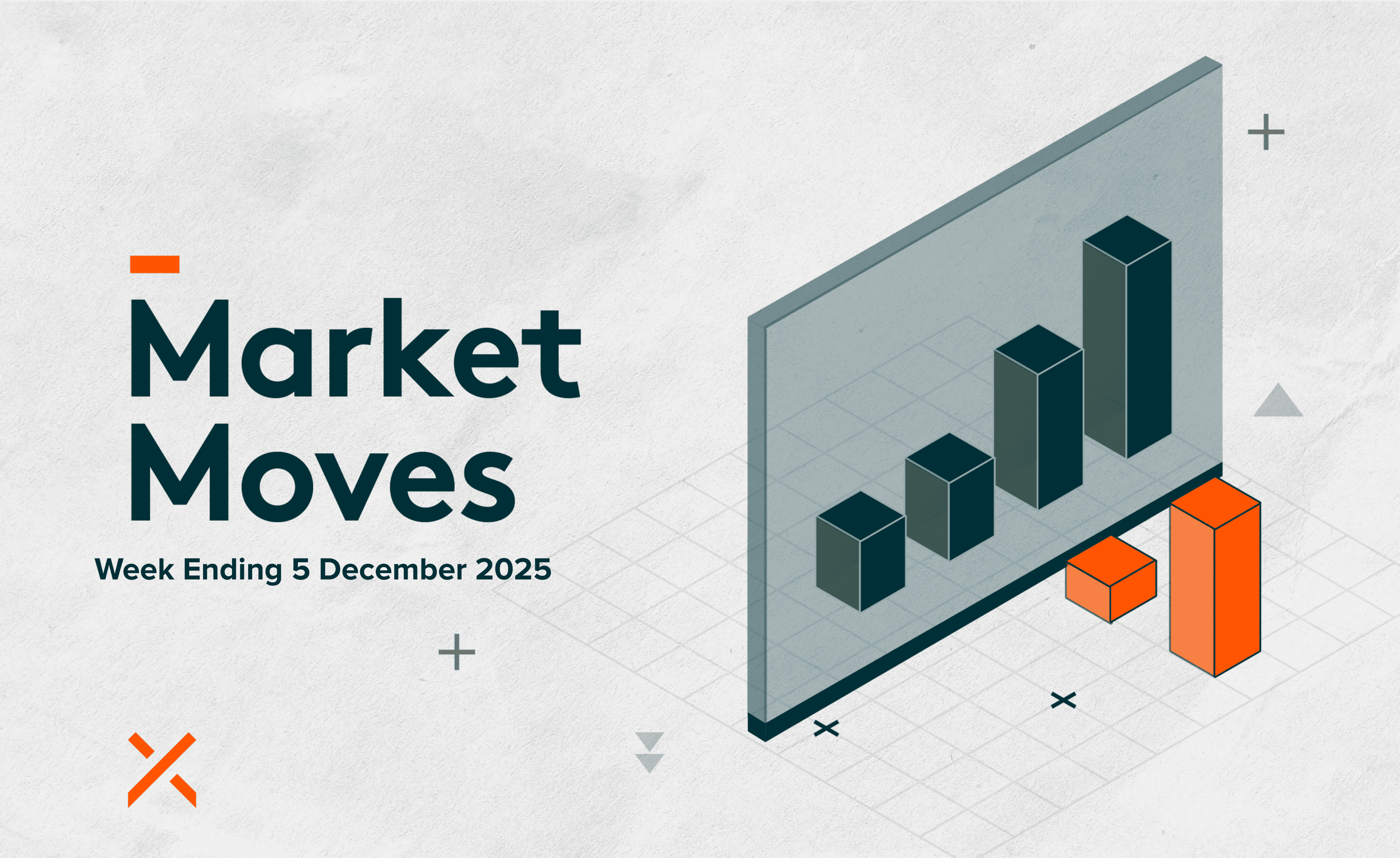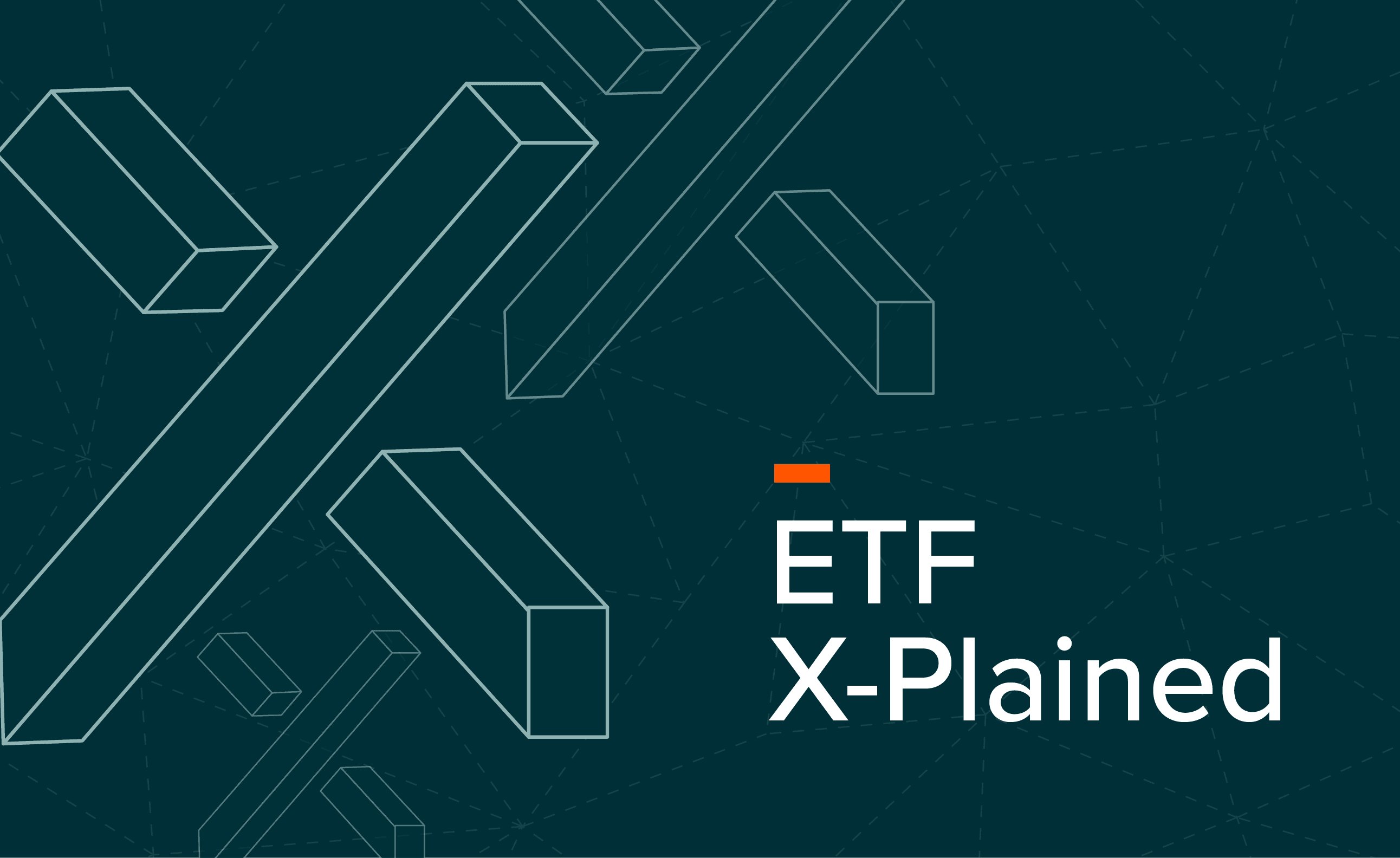In a market environment dominated by headlines, volatility, and shifting macro narratives, it’s easy to lose sight of what truly matters - growth, quality, and valuations. The Growth at a Reasonable Price (GARP) approach offers a disciplined, data-driven way to invest in global equities by focusing on companies with strong fundamentals and sensible valuations. In this update, we explore how GARP is navigating current market conditions, the most recent rebalance, and how it is positioned to identify opportunities that others might overlook.
Key Takeaways
- Outperformance in Recovery Markets: GARP’s index has historically shown strength during market rebounds, recovering a couple of months faster than the broader global equity market and delivering higher upside capture ratios, meaning it tends to outperform when markets rally.
- Disciplined Rebalancing Drives Results: Since launching the ETF in September 2024, GARP’s systematic, rules-based rebalancing has added value, contributing to strong relative performance against the broader global share market.
- Shifting Gears to Recalibrate for Growth: The June 2025 rebalance saw GARP’s portfolio tilt toward sectors and regions showing improving fundamentals, notably healthcare and Japan, while stepping back from some stretched technology and energy names.
Defensive in Downturns, Strong in Recoveries
It's easy to praise an investment when it's rising in value, but true quality of an investment shows in how it holds up across both rising and falling markets. GARP’s investment strategy has historically shown decent signs of weathering market downturns and demonstrating strong resilience during recoveries. GARP’s strategy has historically outpaced the broader market during rebounds following events like the Global Financial Crisis (GFC), COVID-19 Pandemic, and recent Trump-induced tariff volatility. On average, the strategy has bounced back from market drawdowns two to three months faster than the broader global equity market.

Upside capture ratio measures how a fund performs relative to its benchmark during periods when the market is rising. It shows the percentage of the market’s gains that the fund captures. An upside capture ratio of 1.2, for example, means that for every 1% gain in the benchmark, the fund gained 1.2%, outperforming the market during those positive periods. GARP’s investment strategy has shown strong periods of outperformance during market recoveries by balancing growth with disciplined valuations. Its higher upside capture ratio highlights its ability to outpace the broader market during periods of rebound.

June 2025 Additions and Deletions
The most recent semi-annual rebalance was GARP’s second rebalance since launching in September 2024. Rebalancing is an important investment mechanism with rules-based index ETFs to ensure the right companies are being held in the ETF and that the maximum weighting caps are not breached to ensure diversification.
The first rebalance in December 2024 proved fortuitous for the strategy, with GARP exiting names like Tesla and Apple, both of which have fallen around 22% since the rebalance date. At the same time, GARP added new positions such as Uber and BBVA, which have gained between 40–50% over the period.1 A tilt towards Europe also proved beneficial, capturing the region’s early-year outperformance relative to the US. Since December’s rebalance, GARP’s investment strategy has outperformed the broader market by 288bps with better risk adjusted returns and less drawdowns.2

So, what happened in the latest June 2025 rebalance?
GARP removed companies that, while still exhibiting solid growth and quality traits, had become too expensive, such as Palo Alto Networks, which saw an elevated price-to-earnings (PE) ratio, or companies that have been accumulating more debt, such as AppLovin. GARP also exited LVMH amid slowing earnings growth brought about by broader headwinds, including weakening demand in China and softening sales across key divisions like fashion, leather goods, and wines and spirits.
Additionally, the strategy reduced exposure to energy companies such as Marathon Petroleum, Occidental Petroleum, and Valero Energy, which have faced declining refining margins, increased debt levels, and contracting profitability metrics.
On the other hand, GARP welcomed some new entrants into its index, particularly healthcare companies including:3
- Eli Lilly: a leading innovator in diabetes and obesity treatments, Eli Lilly was added to the portfolio amid strong growth momentum, underpinned by surging demand for its blockbuster drugs such as Mounjaro and Zepbound, and more recently the launch of the next generation pill of Orforglipron. The company’s valuation has become more reasonable, with its PE ratio now around 47x (or 27x based on next year’s earnings), down from triple-digit levels. Meanwhile, its return on equity (ROE) has soared to 77%, its highest in over a decade, with some solid growth momentum.
- UnitedHealth Group: as one of the largest and most diversified healthcare companies in the US, UnitedHealth spans insurance, healthcare services, and pharmacy benefits. Despite a 56% peak-to-trough share price decline in early 2025, driven by elevated medical costs, the CEO’s departure, and the withdrawal of full-year guidance, the company continues to demonstrate strong fundamentals, including double-digit sales growth, a rise in ROE to 24% (up from 15% last year), a dividend increase, and an appealing valuation at just 13x earnings.
- Merck & Co: a global pharmaceutical leader known for its strength in oncology, vaccines, and infectious disease treatments, Merck was added for a compelling mix of factors. The company is trading at just 11x earnings while its ROE has lifted to 39%, reflecting improved profitability, and some improving growth characteristics too.
GARP added Constellation Energy, the largest producer of carbon-free energy in the US, operating across nuclear, wind, solar, natural gas and hydroelectric. The company has delivered double-digit EPS growth after rebounding from negative earnings pre-2023, while strengthening its balance sheet by reducing its debt to equity ratio.
GARP has also increased its allocation to Japan, lifting the country’s weight in the index from 2% to 6%. While GARP simultaneously exited European automakers like Mercedes-Benz and Volvo due to slowing growth metrics, it added Japanese automakers such as Toyota, Honda, and Suzuki, which are trading on cheap single-digit PE multiples (of around 7-8x) and showing clear improvements across key growth and profitability metrics including revenue, earnings, and return on equity, making them well-suited to a growth at a reasonable price approach.

The portfolio also increased exposure to global industrial names like Automatic Data Processing (a leading provider of HR and payroll solutions) and RELX (a global information and analytics company), broadening its reach into sectors benefiting from digital transformation and data-driven growth.
Balanced Strength: Blending Growth Potential with Financial Discipline
The refreshed GARP portfolio showcases a resilient financial profile across multiple investment styles. Backed by solid double-digit growth in both revenue and earnings, healthy profit margins and lower debt levels, these companies trade at a notable discount of 18x earnings, around 20-30% cheaper than the broader global equity market. This makes GARP a compelling, diversified approach for investors seeking both potential growth upside with a valuation lens.

The second quarter of 2025 reminded investors just how quickly markets can shift, with renewed volatility driven by trade wars, geopolitical tensions, central bank uncertainty, and mixed economic signals. In this environment, it’s critical for investors to focus on the all-important revenue and earnings numbers from companies while also keeping a sharp eye on the expensive barometer. With this lens, GARP’s strategy has demonstrated a solid track record of delivering a source of alpha over the broad global share market throughout market cycles, making it a compelling addition consideration for global equity portfolios.

GARP investing offers a clear, disciplined lens through the noise, targeting companies that combine durable growth with sensible valuations. By systematically avoiding overhyped or overpriced names, GARP can help investors stay anchored to fundamentals and focused on long-term growth opportunities, even in uncertain times.















